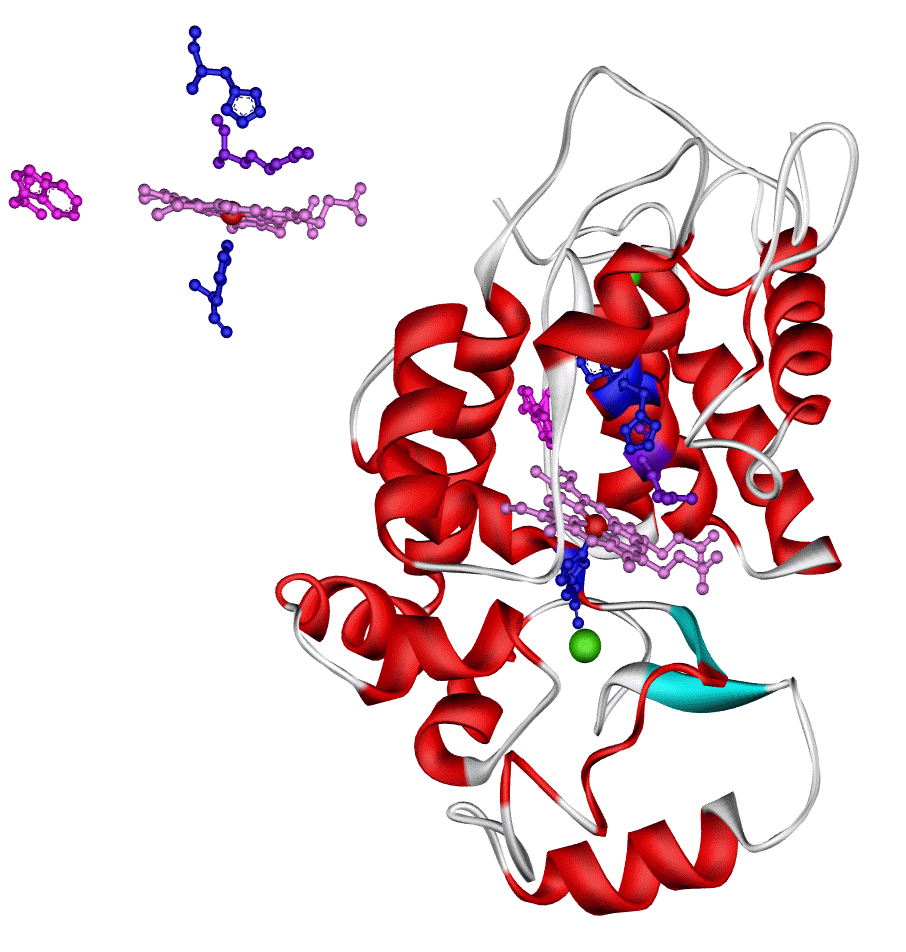The Setup: Calculations dialog in Spartan’10 does not contain a checkbox for pseudopotentials, but they are there (just hidden).
I tried the following experiments with M(CO)4 and B3LYP. Each produced a slightly different result.
- Setup: M = Ni, 6-31G* (menu). Result: All-electron calculation with 6-31G* basis for Ni, C, O (149 fns, 29 on Ni, 15 on C, 15 on O)
- Setup: M = Ni, 6-31G* (menu) + BASIS = LACVP* (typed in Options box). Result: 10 fewer electrons (Ni core has been replaced) & 5 fewer functions (24 on Ni)
- Setup: M = Pd, 6-31G* (menu). Result: Output file states “Basis set = 6-31G* & LANL2DZ > Kr”. Same number of basis functions as Ni(CO)4 with BASIS = LACVP*. (Number of electrons is somewhat uncertain and I’ve contacted Wavefunction about this.)
The first and third experiments are at least partially consistent with information in the Spartan’10 manual (see p. 288, 372, and 521). Pseudopotentials (LACVP) are automatically selected for elements larger than Kr, i.e., for anything beyond the first row of transition elements.
Wavefunction informs me (Feb 25, 2012):
The “new default” for “6-31G*” in Spartan 10, is 6-31G* for atoms
<= Kr, and LANL2DZ > Kr.
In Spartan 8 “6-31G*” meant 6-31G* for atoms <= Ar and LANL2DZ
> Ar. (Referred to as LACVP*)
For completeness LANL2DZ implies 6-31G for atoms <= Ne and
pseudopotential for atoms above Ar.

